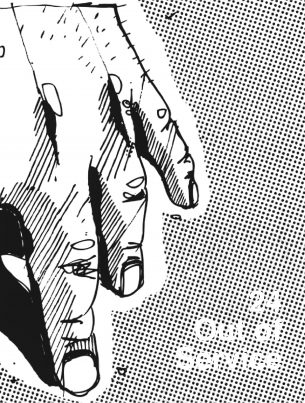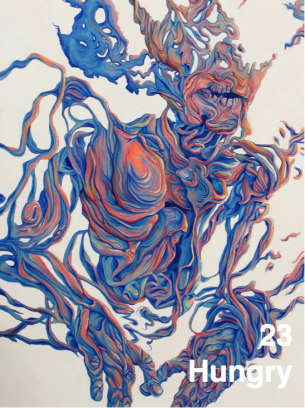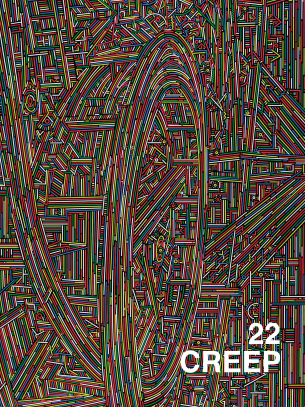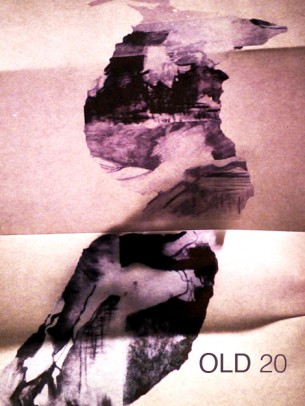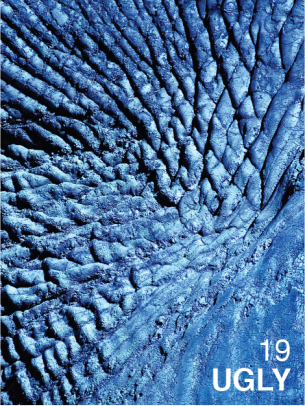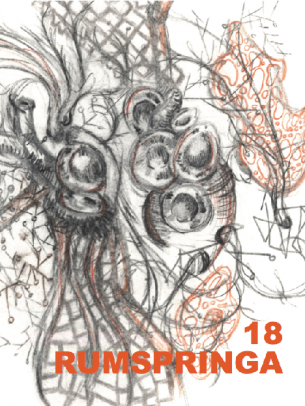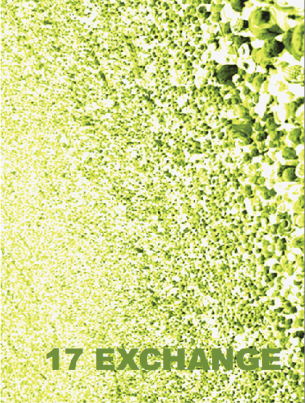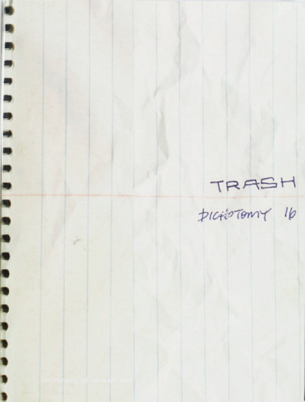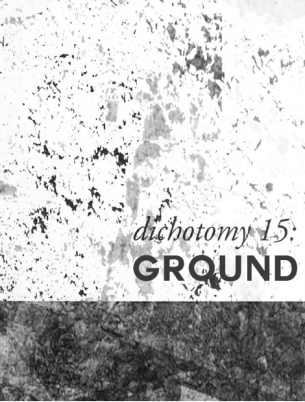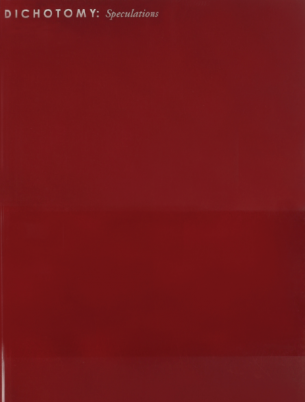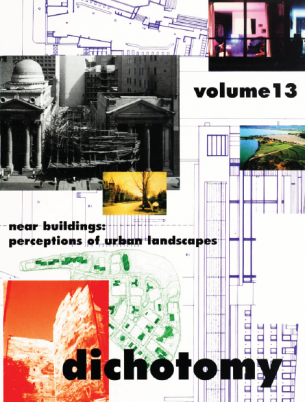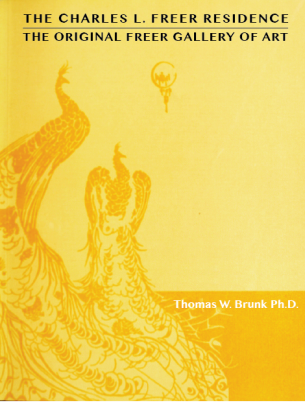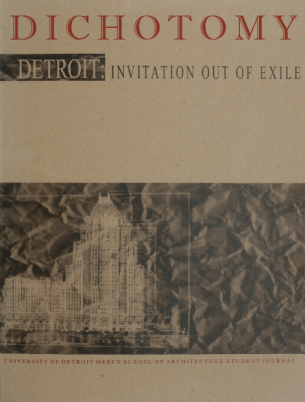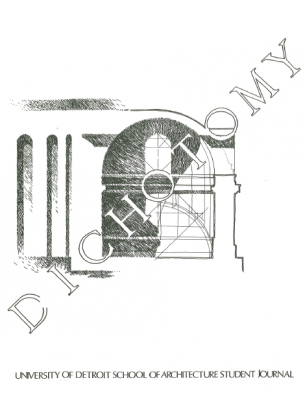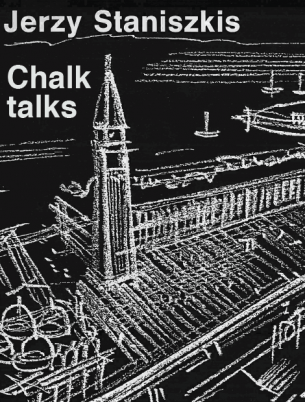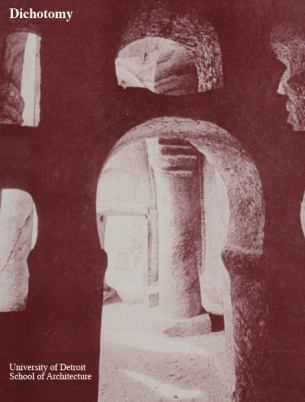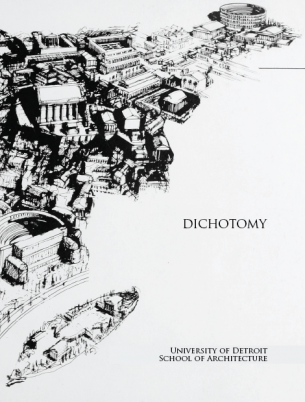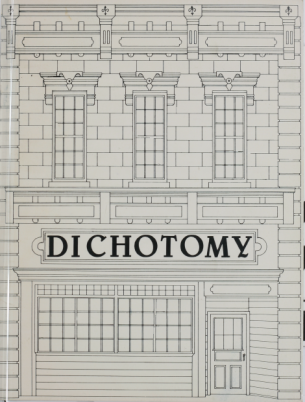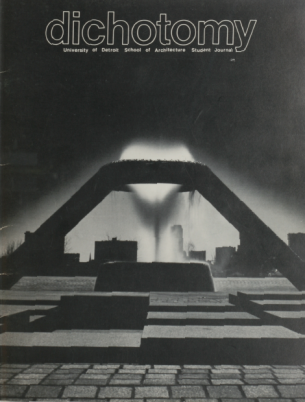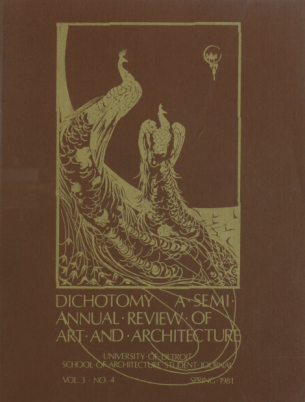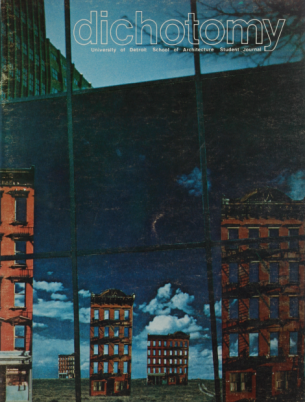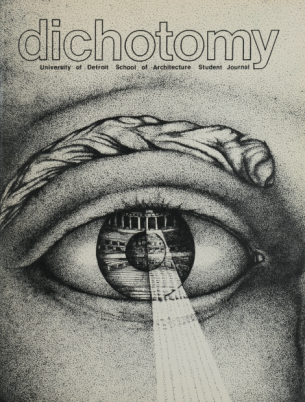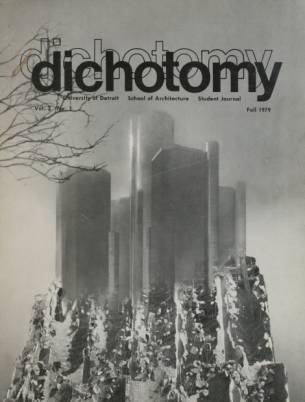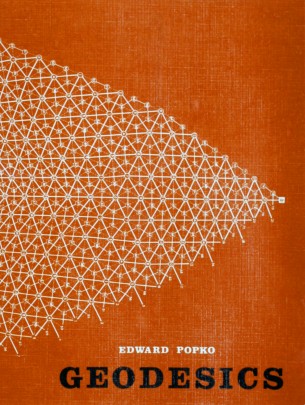Archive for the ‘Uncategorized’ Category
-
Dichotomy 24: Out of Service
Some may say we were “out of service,” however, us at the Dichotomy Student Journal have been hard at work. Over the past two years, our students have been curating this special edition issue – sustaining the past 40 years of the Dichotomy journal tradition, celebrating this milestone anniversary, and […]
-
Dichotomy 23: Hungry
Hungry fuels creativity. It causes a feeling of emptiness and need that must be sated. Hunger is self-perpetuating; once the emptiness is filled we become increasingly dependent, increasingly desirous. Hungry is a sense of longing. Sometimes a longing for a definite thing, but often times a longing for a vague […]
-
Dichotomy 22: Creep
CREEP denotes stealth, slow contortment, an underlying feeling of unease. Creep is solid materials deforming, boundaries slinking toward each other, something inching slowly closer without notice. Creep causes us discomfort while simultaneously suggesting something darkly different, something not altogether bad, but frightening in its furtiveness. Dichotomy 22 aims to explore […]
-
Dichotomy 21: ODDS
ODDS means finding critical links in places one has not looked before. To step outside of the ordinary, to defy the status quo, often provides the greatest reward if one is willing to take the risk. Indeed, choosing to give ODDS a home in Dichotomy proved to be a challenge. […]
-
Dichotomy 20: Old
OLD Evokes questions of epoch, authenticity, relevance, and perceptions of age throughout history. Are we to honour materials and ideas from the past or reject them as notions of nostalgia? Dichotomy 20 seeks to examine the implications of these questions through novel reflections on architecture, design, urbanism or community development. […]
-
Dichotomy 19: Ugly
The term ugly is often associated with any project that veers from the realm of easy and accepted solutions. In reality, it is the skin of an investigation that challenges our perception of form and architecture. Dichotomy 19 seeks to understand this complexity through a conversation of its own social […]
-
Dichotomy 18: Rumspringa
Like Amish youth, the authors in this issue have investigated exciting new conceptual territories beyond their everyday lived experiences in an attempt to describe, critique, and extend architectural theory and practice. We hope that these diverse articles will encourage readers to embark on your own Rumspringa, as you engage the […]
-
Dichotomy 17: Exchange
The word “exchange” suggests the act of changing one thing for another. An exchange therefore can be of ideas, people, or things. The rich diversity of articles found in this issue of Dichotomy explores exchanges from multiple viewpoints. These rich ideas cause one to question the very foundations upon which […]
-
Dichotomy 16: Trash
This issue marks a creative alternative to the traditional format of Dichotomy through a double-issue that tackles the architectural issues of trash and edges and margins. As our understanding of ecology grows, we must consider the objects and places we have discarded. The condition of the edge and its adjacent […]
-
Dichotomy 15: Ground
This issue of Dichotomy explores the relationship between building and ground in both the most basic architectural sense – the exchange between a building and its site and the broader cultural sense of the relationship of buildings and cities to their context. Jolie Kaytes: GEOTROPES Martin Hogue: LANDING STRIP: EXPLORING […]
-
Dichotomy 14: Speculations
Speculations contains a series of interviews with several figures in the architectural community on the future of architecture, the relationship between technology and the built environment, the interplay of building and context, and the architect’s role in society and history. The latter part of this issue features investigations of the […]
-
Dichotomy 13: Near Buildings – Perceptions of Urban Landscapes
“Near Buildings” is devoted to an examination of the interstitial realm of architecture. This issue of Dichotomy is provocative in its thesis that architecture, after modernism, must be rethought, and that the realm “near building” is as important or even of greater importance that buildings themselves. It fundamentally provokes us […]
-
Dichotomy 12: The Original Freer Gallery of Art
Thomas W. Brunk’s work, “Charles L. Freer Residence: Original Freer Gallery of Art,” meticulously documents the story of the residence of Charles Freer built to house his art collection in Detroit. Freer’s synchretic thinking enabled indigenous Shingle Style structure, decorative scheme, and art collection to become fused in a manner […]
-
Dichotomy 11: Educating the Future Architect
As the millenium approaches, it becomes necessary to look toward the future of what it means to be an architect. Central to the future of the architectural profession is the issue of how the future architect should be educated. The educational process forms a young architect;s definition of an architect, […]
-
Dichotomy 10: Detroit – Invitation Out of Exile
This culmination of a four year quest for self respect, four years of searching for one quality a people must posses to call their “Home” a “City” and a “City” a “Home”. Each article represents the joy of diversity, and the quiet pleasures of existence. This is dedicated to a […]
-
Dichotomy 9: Permanence and Change
“Permanence and Change” describes the apparent conflict between the necessity for security and a state of acceleration. Basic to human nature is not only a need for a sense of well-being, but also a need for a sense of purpose. A state of permanence implies monotony, and technology causes such […]
-
Dichotomy 8: Jersy Staniszkis – Chalk Talks
This magical quality called creativeness is beautifully illustrated in the “Chalk Talks” encompassed in this book. They are vignettes of moments out of the life of Jerzy Staniszkis communicating with his students during the last 25 years. They constitute “frozen” moments out of a choreography of explanation, searching and questioning. […]
-
Dichotomy 7: Unity
This issue of Dichotomy is aimed at having a “feel” that is amiable to Life. Dichotomy originally was named with the idea of bringing together diverse viewpoints, but it was suggested to me that this issue should instead be called “Unity”. i think this is because as soon as one […]
-
Dichotomy 6: Drawing and Architecture
This volume of Dichotomy is the first as an annual review, and we therefore chose a theme that has to do with the beginning of things. Drawing is fundamental in nature, yet broad in scope. We have conceived of this issue as being a primer of sorts to encourage subsequent […]
-
Dichotomy 5: Vernacular
This issue is intended to explore the topic of vernacular architecture. Vernaculars are often associated with particular areas or regions. Most architects try to accommodate the vernacular by responding to the environmental restraints of the locale. Instead, one should explore the meaning of a vernacular, understanding its physical manifestations, and […]
-
Dichotomy 4
Gregg Yeomans: NOGUCHI AND HART PLAZA Irene Kupler: ISAMU NOGUCHI’S GARDENS AND FOUNTAINS Robert Owens Dybas: CAN ART BECOME A STANDARDIZED PROCESS AND STILL BE CONSIDERED ART? Douglas Wahl: REFLECTIONS ON NATURALISM IN ARCHITECTURAL EXPRESSION Toni Mueller: SELLING THE AMERICAN ARCHITECT Kent Bloomer: THE LEAVES OF ARCHITECTURE: AN OUTLINE OF […]
-
Dichotomy Vol. 3 No. 4
Th entire Spring 1981 issue of Dichotomy is devoted to the presentation of the Freer House in a well documented article by Thomas Brunk. The freer House stands today as the culmination of many artists: architects, painters, sculpters, decorators, etc. With the renewed interest in reintegrating art with architecture, the […]
-
Dichotomy Vol. 3 No. 3
William Moser: DETROIT: JANUS-FACED CITY Gunnar Birkerts: GUNNAR BIRKERTS: A STEADY INFLUENCE IN A CITY OF TURMOIL Thomas Brunk: THE MARY CHASE PERRY AND WILLIAM B. STRATTON RESIDENCE Peter Ostrowski: THE AUTOMOTIVE INDUSTRY’S TRIBUTE TO HOUSE Bruce Allen Kopytek: SAARINEN’S GM TECH CENTER: A CLASSIC IN OUR BACKYARD Toni Mueller: […]
-
Dichotomy Vol. 3 No. 2
The purpose of this issue is not to denounce what has become known as “modern architecture” but more importantly, to give some insight as to what the future may hold. Since this issue of Dichotomy is concerned with Visions of the Eighties, we have taken the opportunity to look back […]
-
Dichotomy Vol. 3 No. 1
Decades are inherently arbitrary segments of time; extrusions of one’s life and work. We have chosen to dedicate this issue of Dichotomy to one of these “arbitrary extrusions”, however, the reason behind our decision was anything but despotic. Primarily, we have devoted these pages to a retrospective of the Seventies […]
-
Geodesics
The term geodesics is a contemporary geometric title ascribed to the arcs on a spherical surface which represents the shortest distance between any two points on that surface. When applied to architectural spanning devices it becomes. “…a frame of generally spherical form in which the main structural elements are interconnected […]


